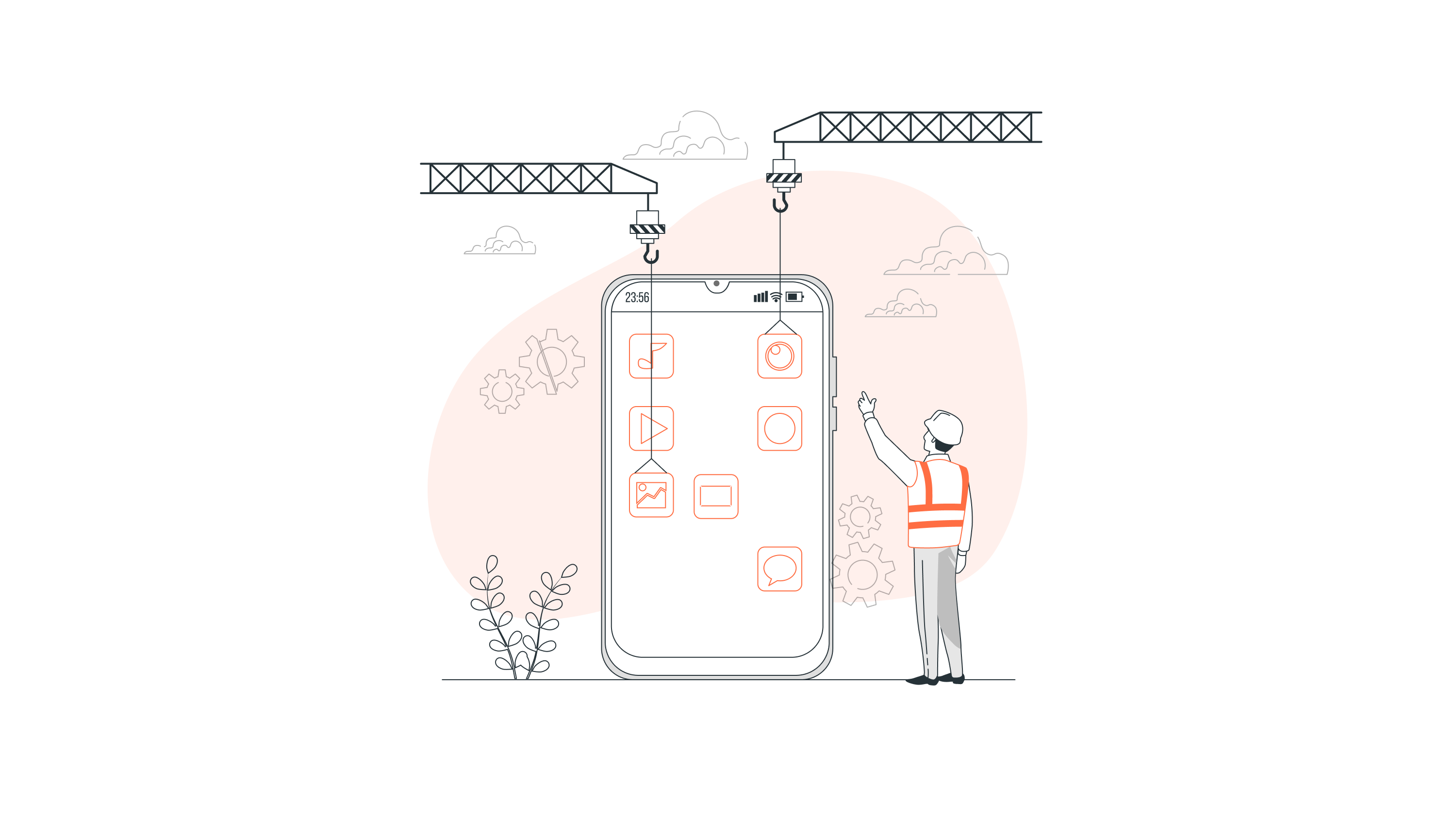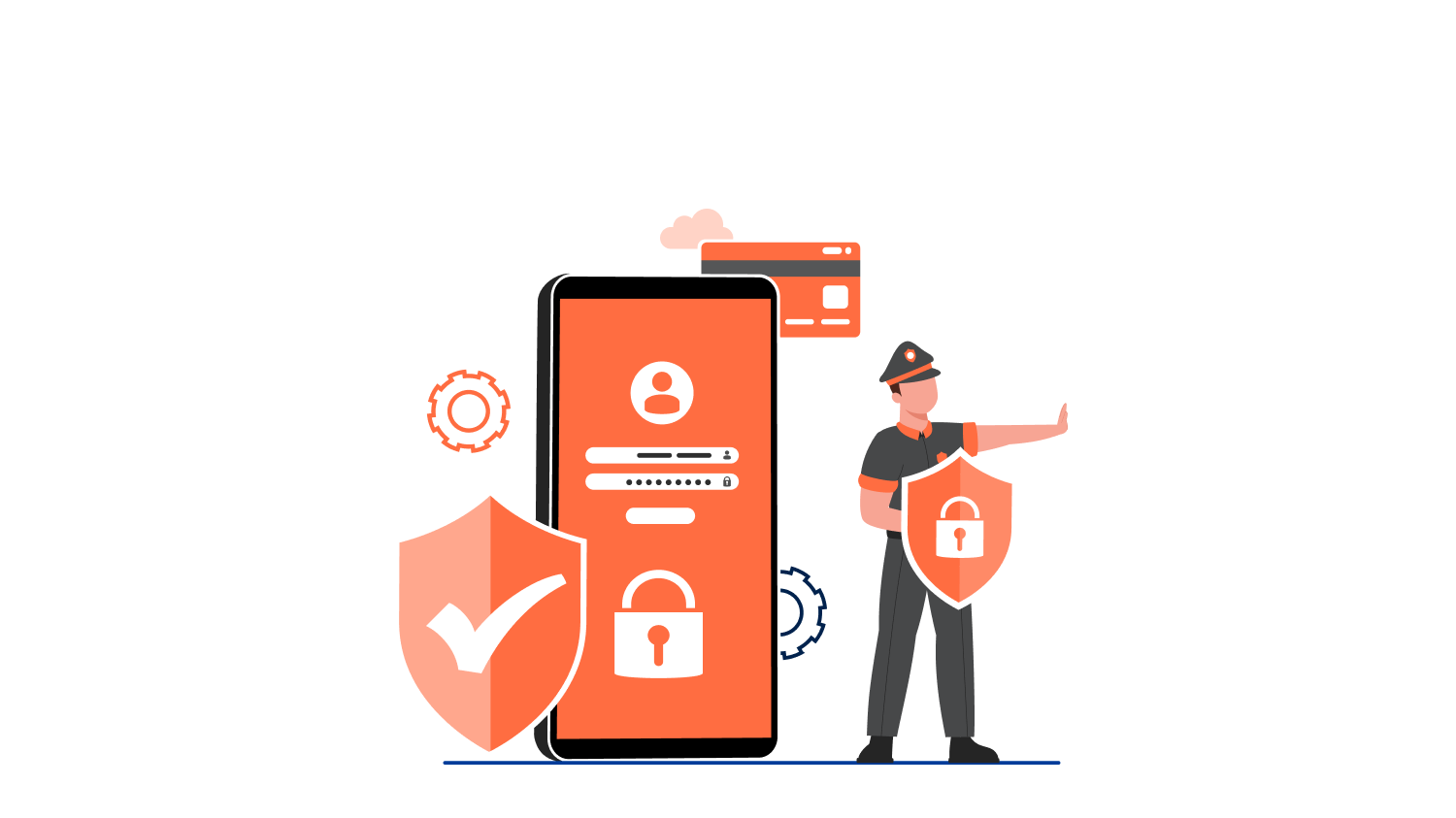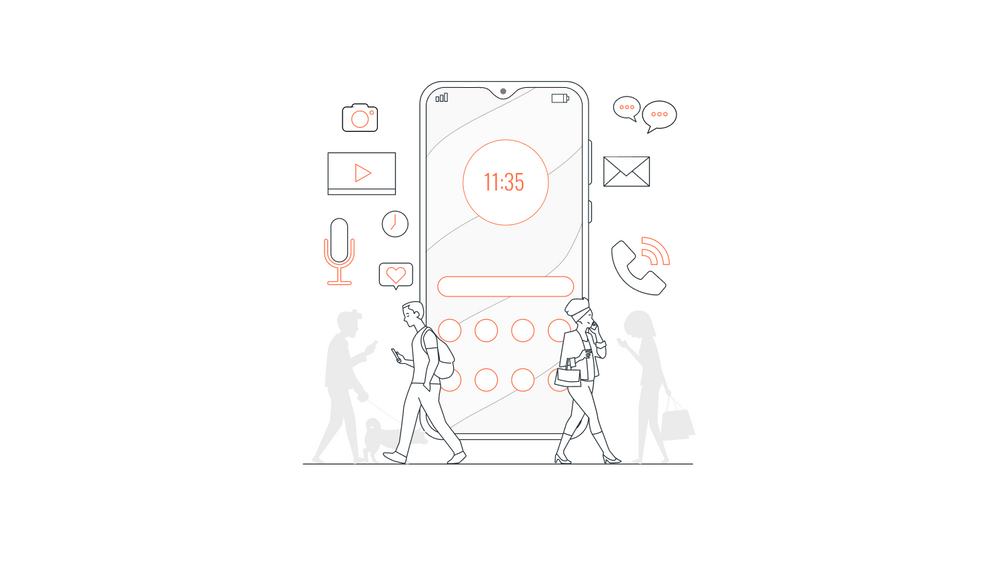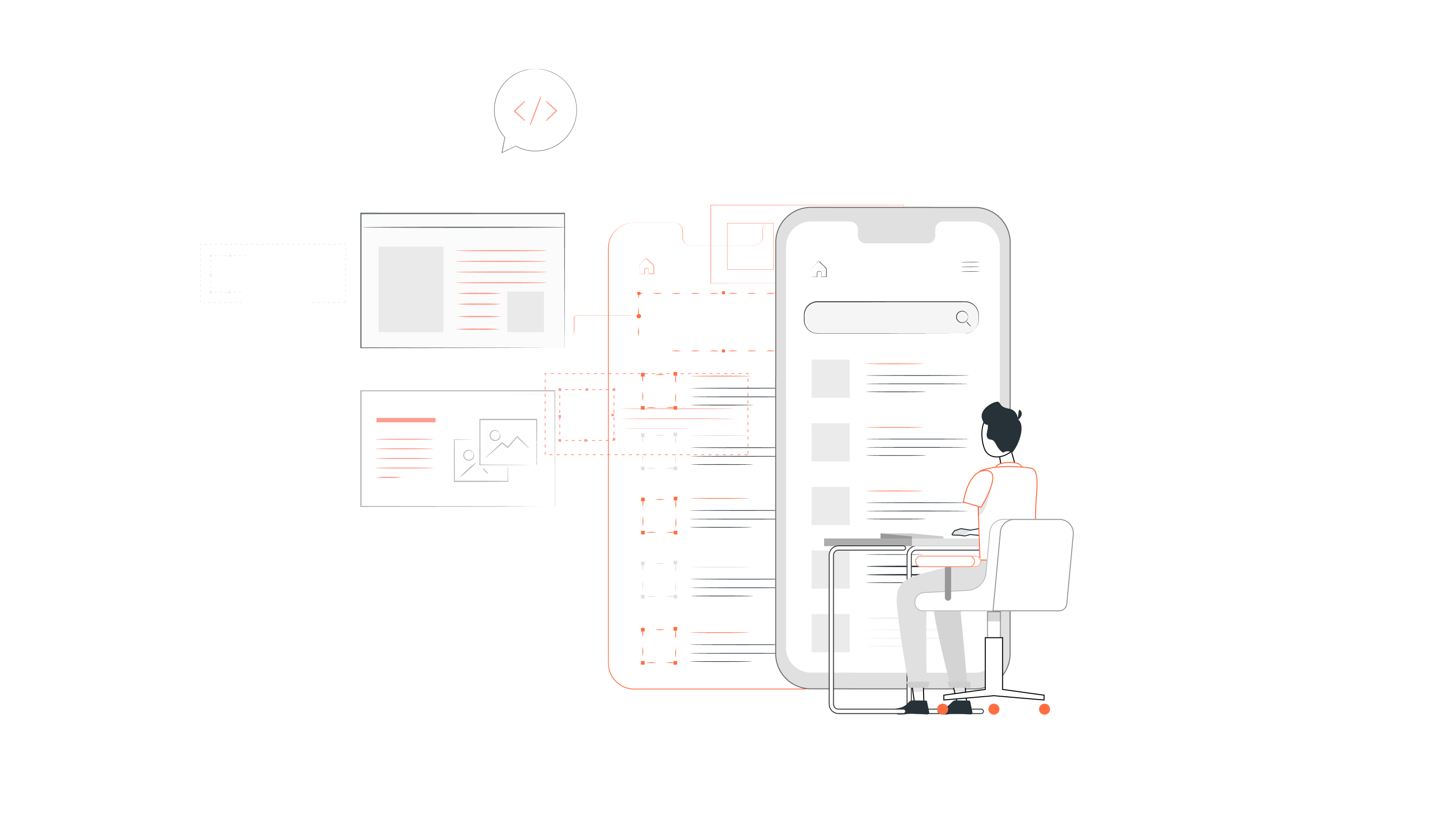Mobile, Mobile, and Mobile! Over the last decade, smartphones played an important role in the economy and seem to be the future of every kind of business. The demand for mobile phones and the tremendous use of mobile apps have made developers in need of flexible software processes, which can deal with different mobile app development challenges.
As mobile app technology is certainly receiving a lot of attention in the digital world as well as from the general business world right now, everybody is executing mobile strategies, designing apps. One of the most exciting possibilities associated with mobile app development is the potential it has to impact business processes to have a vision for the next few years.
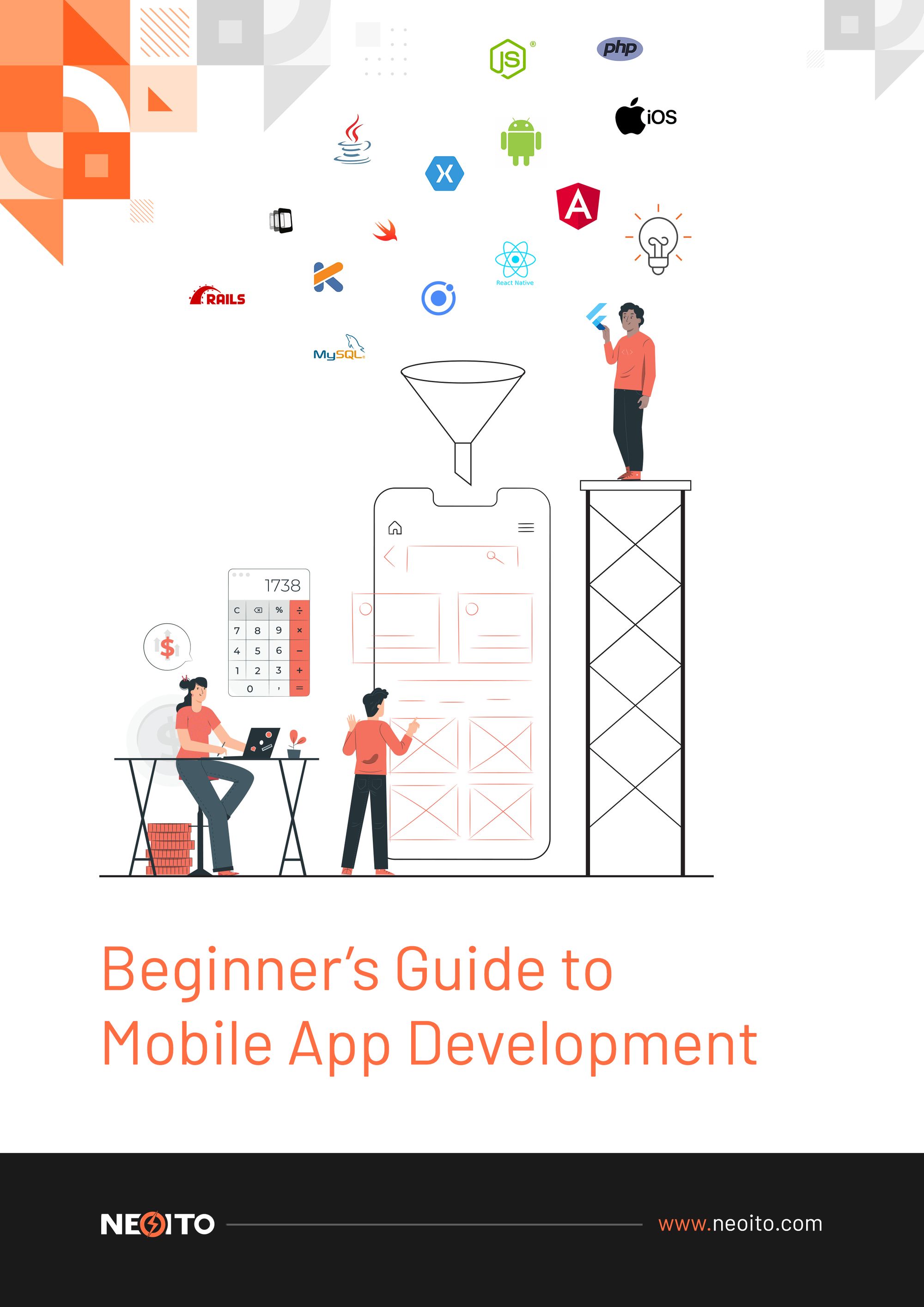
Free Download
A Complete Guide to Mobile App Development
Here are the Current Trends which will Determine the Future of Mobile Application Development:
1. 5G Network
The impact of the fifth generation of wireless technology on the next generation of connectivity is not only a talk among consumers but also within, tech-driven enterprises, developers, etc. As 5G builds a bridge to the future of technology it will also help redefine the network, establishing a new global wireless standard for bandwidth & speed.
2. Wearables
Wearables are already making huge waves among users in the forms of smartwatches, smart jewelry, display devices, etc. But the possibilities of wearables are limitless and we’ll get to see them in many forms like mind-reading glasses, etc. in 2021.
3. Internet of Things (IoT)
Many business organizations are quickly shifting their gear into IoT app development in 2021, as IoT devices will be as ubiquitous as smartphones.
4. Blockchain
Be it our transactions, data exchanges, or documents, Blockchain offers complete security for all our sensitive information. Therefore, the revolution of Blockchain application development is right around the corner along with implementing its new trends like anti-piracy, secure public elections, transparent betting, asset tokenization, etc.
5. Folding Display
A mobile app development trend that will revolutionize the smartphone industry in 2021 is definitely the folding display feature. From the perspective of mobile app development, it will bring more complexity but at the same time, it will also open many opportunities for mobile app developers.
6. Mobile Wallets
This virtual wallet technology that comes as an app or a built-in feature enables contactless in-store payments. AI-Powered wallets, cryptocurrency wallets, NFC-based wallets, biometric wallets, smart voice wallets, virtual cards, etc. are some of the top digital mobile wallet trends that could dominate the market in 2021.
7. Virtual Events Streaming
Probably among the latest trends in mobile app development, virtual events streaming is the most used as the Covid-19 pandemic has put a halt to real events. This technology makes real events grow beyond boundaries and increase accessibility along with convenience.
8. Google’s Flutter
From hot reload to cross-platform development from one codebase, cut down on debugging time, fast fluid UI, Flutter is one of the best options for mobile app development. It’s great UI, rapidly growing community, and library support makes it perfect for MVPs. NeoITO is a top-rated flutter app development company in Salt Lake City, Utah- USA who delivers robust flutter app development services to build high-quality & engaging mobile apps.
Mobile App Development Process
Mobile application development is a detailed process of developing mobile operating software from scratch. For this, you require adequate skills, knowledge, and budget. The competition in the mobile app development industry is huge. Thus, to create a highly engaging mobile app, you need to acquire the assistance of a well-experienced mobile app development company.
If you’re contemplating developing a mobile app, then explore our comprehensive guide on the mobile app development process.
1. Strategy
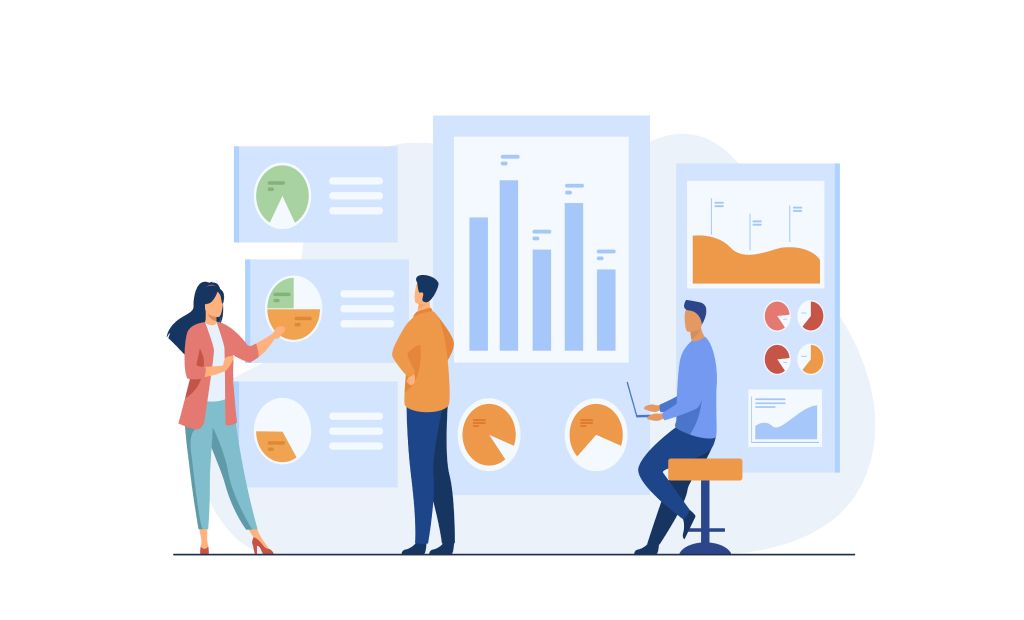
Before planning to proceed, you need to make sure if your idea is worth investing time and effort in. Start the process by deeply analyzing all your core competencies. Clearly define the purpose and mission of your app idea and make sure you have the answers to the following questions:
-
-
- Why do you want a mobile app?
- Who is your target audience?
- What are the important features?
- Who are your competitors? Do they have a similar app? If yes, will your app idea solve the problem in a better way than theirs?
-
A strategic approach for the mobile app development process greatly increases efficiency and profitability and helps you focus on your vision.
Also, take a look at the 10 Easiest Ways to Find Winning Product Ideas Every Time.
2. Analysis and Planning
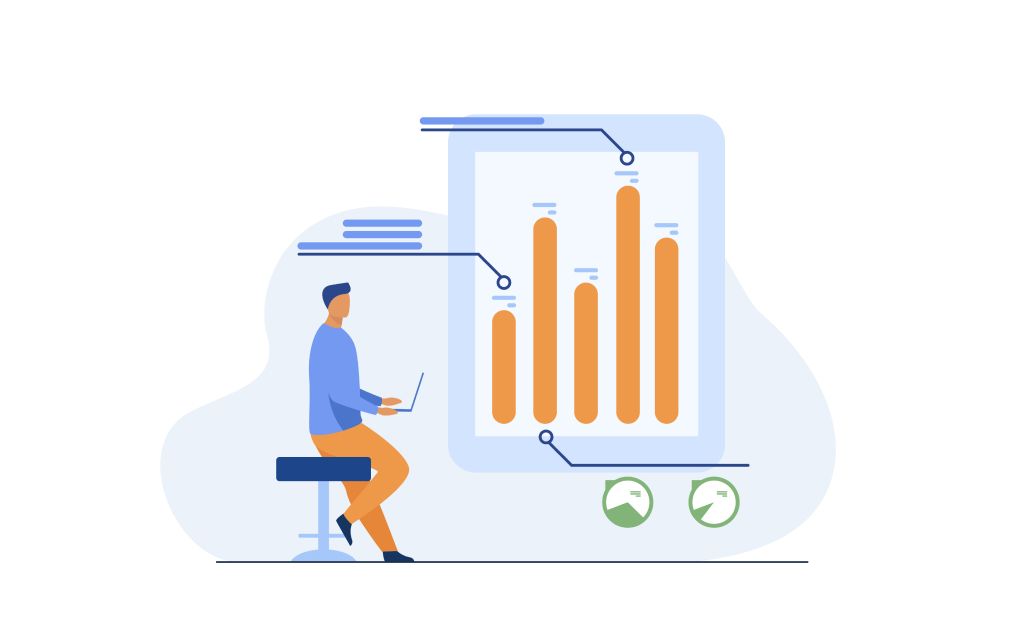
Make sure your initial analysis includes behaviour patterns, actual demographics, and goals of your buyer persona. During each stage of the process, keep the target user in mind. This phase is very essential because this is the time you lay down the necessary groundwork for what is to follow next. At this stage, the development team closely works with the client to sort out the functional requirements.
Benefits of pre-planning:
-
-
- Early insight into the target audience, competitors, & market trends.
- Efficient streamlining of the app development process.
- Cost projection for app development & marketing strategies.
-
Here is a step-by-step guide for Project Planning in Agile Methodology.
3. UI/UX Design
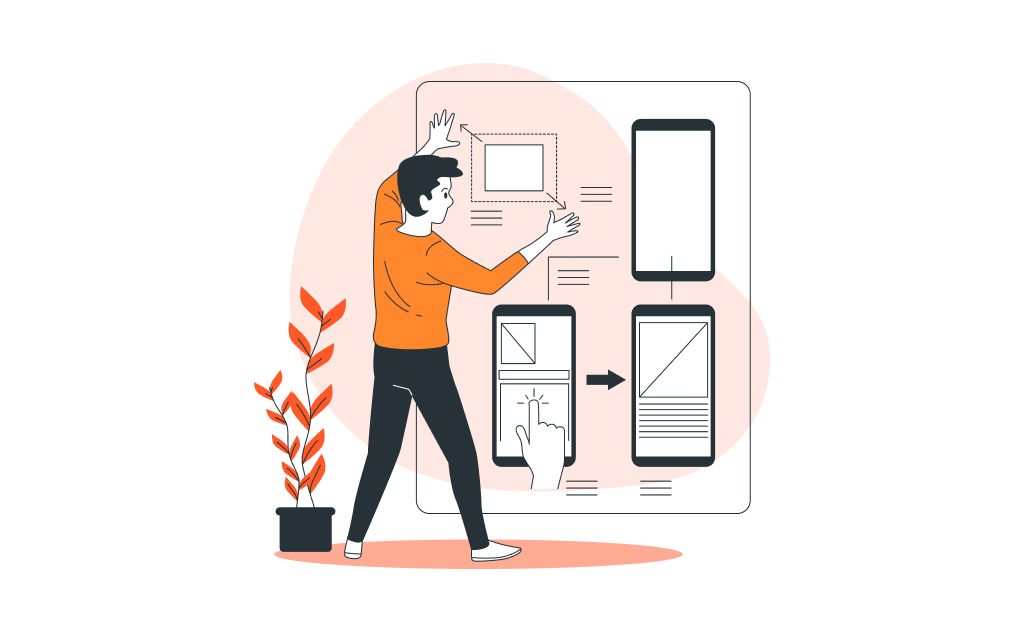
In the third stage, you need to start working on the conceptualization and visualization of the functionality of the app and its user interface. The UX designer architects the interaction between design elements, and the UI designer builds the look and feel of your app. At the end, the aim is to create a polished app with excellent user experiences making your app interactive, intuitive, and user-friendly.
-
-
- Information Architecture & Workflows: This is the first step of app design where the UI/UX team collects data from the client for structuring the content of the mobile application. This way the team forms a skeleton of a layout to ensure sufficient user experience and the process also reduces the possibility of usability and navigation issues.
- Wireframes: In order to create information architecture, the majority of the designers constantly use the technique called wireframing which helps in creating a simplified and schematic visual representation of the app layout. Wireframes are not only useful for the designers but also for the whole development team and the client. This step ensures that the developers and the client get a full understanding of the app’s design. Furthermore, using wireframes, developers can understand the placement of the elements on each screen.
- Style Guide: Style Guides are a design and development tool that brings cohesion to a product’s experience and user interface. The crucial design components that are included in a style guide are typography scheme, color palette, buttons, responsive layouts etc. As part of app design, on the basis of the platform you choose, you should consider app design guidelines from Apple or Google.
- Mockups: A mockup is a high-fidelity simulation of how a mobile app will look. This seems to be useful because they help you to deliver a near-final design of the whole mobile app. Using a mockup to start user testing is an excellent way to get valuable feedback from users.
-
4. App Development
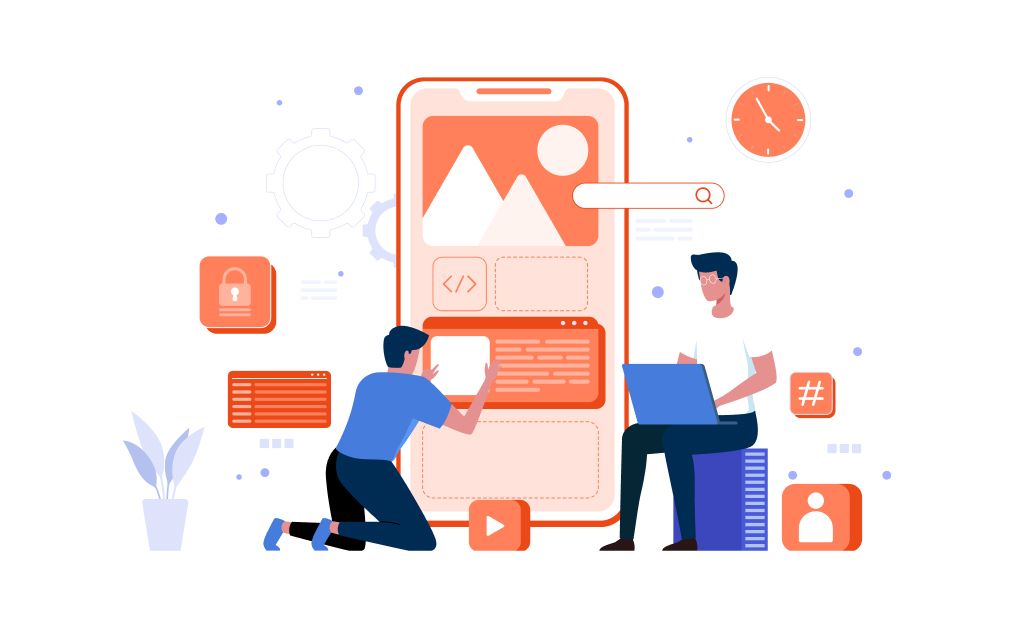
Before planning the app development process, it’s important to work on the server-side. As the development progresses, the mobile app goes through a set of phases made up of three integral parts:
-
-
- Back-End/Server Technology: In mobile app development, the backend is the important part that is responsible for data storage, security, and business logic. It is much like a server for mobile apps, as it stores and sorts the important data that the end-user does not see. The most common and viable options for a backend server for mobile apps include a cloud server, custom server, MBaaS, etc.
- API: API (Application Programming Interface) is a powerful tool that allows you to integrate various services in mobile apps i.e., it bridges the gap between features and other services. The biggest advantage of APIs is that they allow developers to focus on developing the main features and are not required to develop everything from scratch.
- Mobile App Front-End: Front end, also called ‘client-side’ programming, is everything that the user sees and interacts with. The front-end is all about the visual aspects of the mobile app. In order to execute these objectives, front-end developers use tech-stack including programming languages like HTML, CSS, JavaScript, and frameworks like Bootstrap, AngularJS, Vuejs, React, etc.
-
5. Testing

Testing is one of the most important stages in the whole process of mobile app development as it lets you know the quality of the end-product. It doesn’t matter how well your app codes are written, it must pass through a well-defined set of tests. Testing mobile applications is an imperial phase where all major issues can be resolved, ensuring easy app launch on the production server without any flaws.
The main categories of mobile app testing are:
-
-
- User Experience Testing: This is the process of testing different aspects of user experience created by the app design team. Visuals, workflow, and interactivity of your app is what will give your end-users first-hand, therefore, user testing should be happening as an integral part of an iterative app design process.
- Performance Testing: A non-functional testing process performed to determine the responsiveness and stability of the system under various workloads. The process measures the quality attributes of the system, such as speed, reliability, scalability, and resource usage. The various performance testing techniques used are load test, spike test, stress test, and soak test.
- Security Testing: Any potential vulnerability can lead to a hack of software, therefore; security is of utmost concern during the mobile app development process. Security testing uncovers vulnerabilities of the system and determines that the data and resources of the system are protected from any threats or risks that can cause a loss.
- Device and Platform Testing: Cross-platform testing is a type of testing where you verify that your mobile app works smoothly across multiple platforms or devices. This testing helps in identifying issues such as consistency, user interface, usability, performance issues, etc.
-
Also read about the Complete Checklist To Build a Secure Mobile App.
6. Deployment & Support
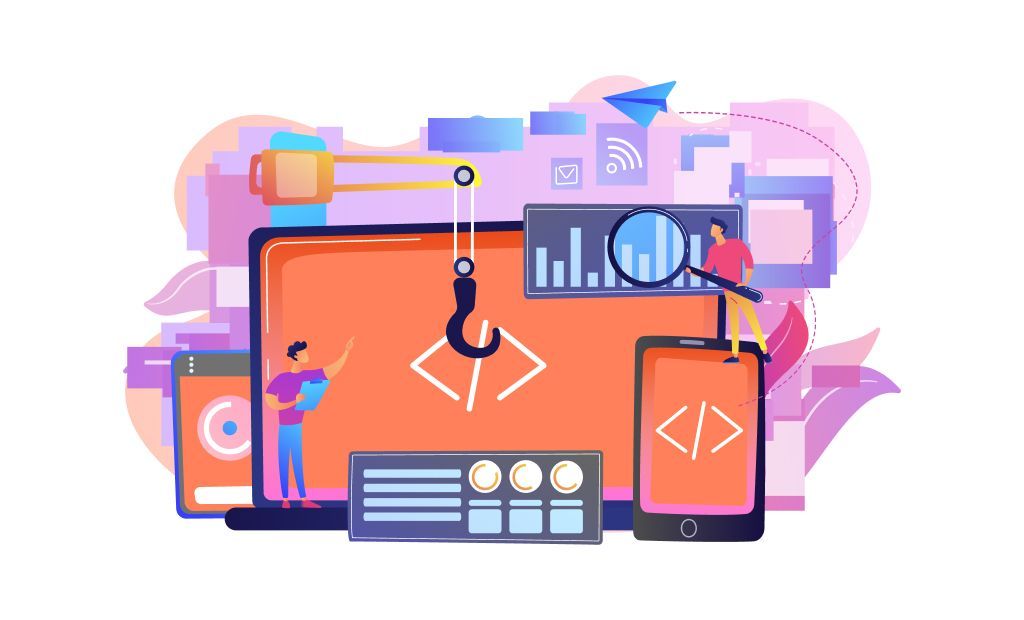
Now your app is ready to submit. For different app stores, the policies of launching are different like its Apple App Store for iOS apps and Google Play for Android apps. As the app gets available in the app stores, monitor its usage through mobile analytics platforms and track KPIs for measuring your app’s success. This is when you determine which features to upgrade next and implement ongoing testing to keep the app working correctly.
Here are the 13 App Marketing Strategies to look for.
Conclusion
When considering developing a mobile application, ensure that you choose the platform that suits your idea the best. Successful mobile app development requires experience, insight, and practical knowledge of emerging trends & technologies.
NeoITO is the top flutter app development company in the USA that uses the latest sophisticated technologies & innovative mobility methodologies to create world-class mobile app solutions for diverse platforms.
Being one of the most in-demand mobile app development companies, our team is capable of delivering mobile solutions and applying platform-specific best practices for both native and cross-platform app development.
Whether you’re looking for a full-stack app development company, or you just need expert help to guide your existing project, we can help. Contact Us!
